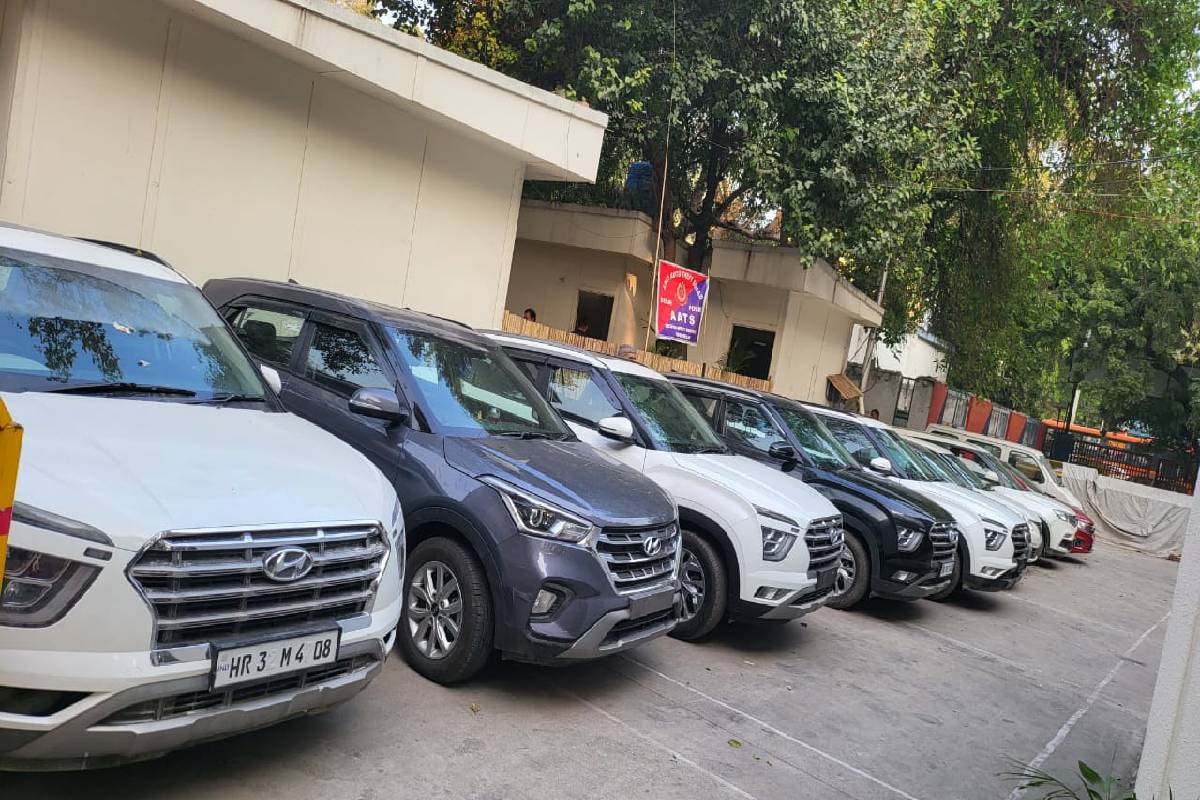In December 2023, the retail auto sales in India jumped by 21 per cent to 1,990,915 units, as compared to 1,643,514 units in the same month in 2022, according to the data released by the Federation of Automobile Dealers Associations (Fada) on Monday.
In the calendar year 2023, the retail sales were up 11 per cent to 23,867,990 units against 21,492,324 units in 2022.
Advertisement
However, the sales in December 2023 were 30.25 per cent lower than 2,854,242 units in November, it said.
All categories reported positive growth in December. The sales of two-wheelers rose 28 per cent , three-wheelers by 36 per cent , passenger vehicles (PVs) by 3 per cent , Tractors by 0.2 per cent and commercial vehicles by 1.3 per cent .
Talking about the year 2023 as a whole, all segments reported a positive growth — the two-wheeler sales grew by 9.5 per cent , three-wheelers by 58.5 per cent , PVs by 11 per cent , Tractors by 7 per cent and CVs by 8 per cent .
The report suggests that the CV category experienced positive growth on the back of industrial activity and infrastructure development. The bus segment also saw a rise, particularly in tourism and transportation, aided by orders from various state transport departments.
Speaking on the development, Fada President Manish Raj Singhania said the growth in sales of two-wheelers was mainly due to the abundance of marriage dates and the distribution of harvest payments to farmers, which enhanced their purchasing power.
“Additionally, the availability of a wide range of models and variants, coupled with favourable weather conditions and a generally positive market sentiment, contributed to this robust growth. Enhanced product acceptance, particularly among the youth, and lucrative financial options, coupled with the anticipation of price increases in January 2024, spurred purchases,” he said.
Robust liquidity in rural areas and the financial boost from crop sales supported customer purchases, although retail cases remained somewhat subdued despite some pre-buying in bulk, he added.
In the PV segment, SUVs, in particular, saw strong demand, with extended waiting periods for key models. Aggressive year-end promotions and the introduction of new models fueled this surge.
Fada’s data showed that the average inventory for PVs ranges from 55-58 days. For two-wheelers, the average inventory ranges from 15-20 days.
In the near term and short-term, the outlook of auto sales remains positive, despite an anticipated slowdown in the Kharmas period from December 16 to January 15. However, companies would need to manage their inventories deftly.
Despite this anticipated slowdown, the industry maintains a stance of cautious optimism, buoyed by the launch of new models which are expected to sustain a high level of market enthusiasm. It is imperative to focus on the effective management of supply and inventory, particularly in the PV category, the report added.











